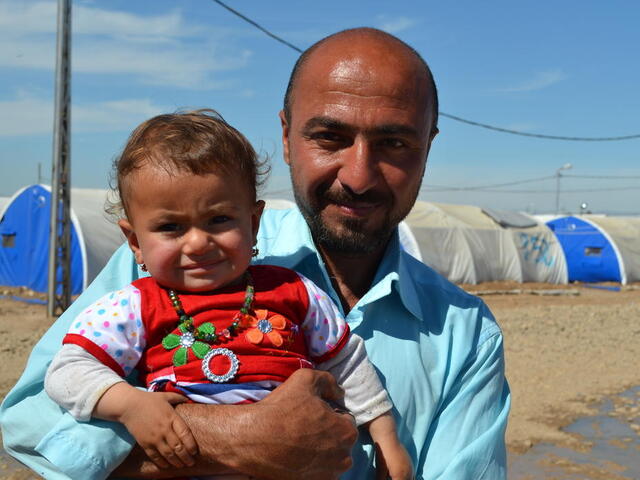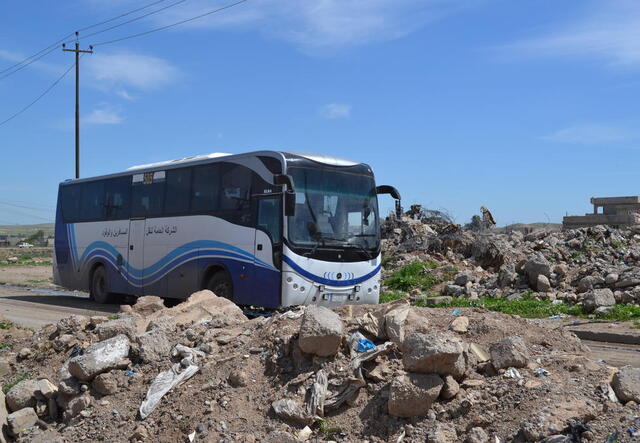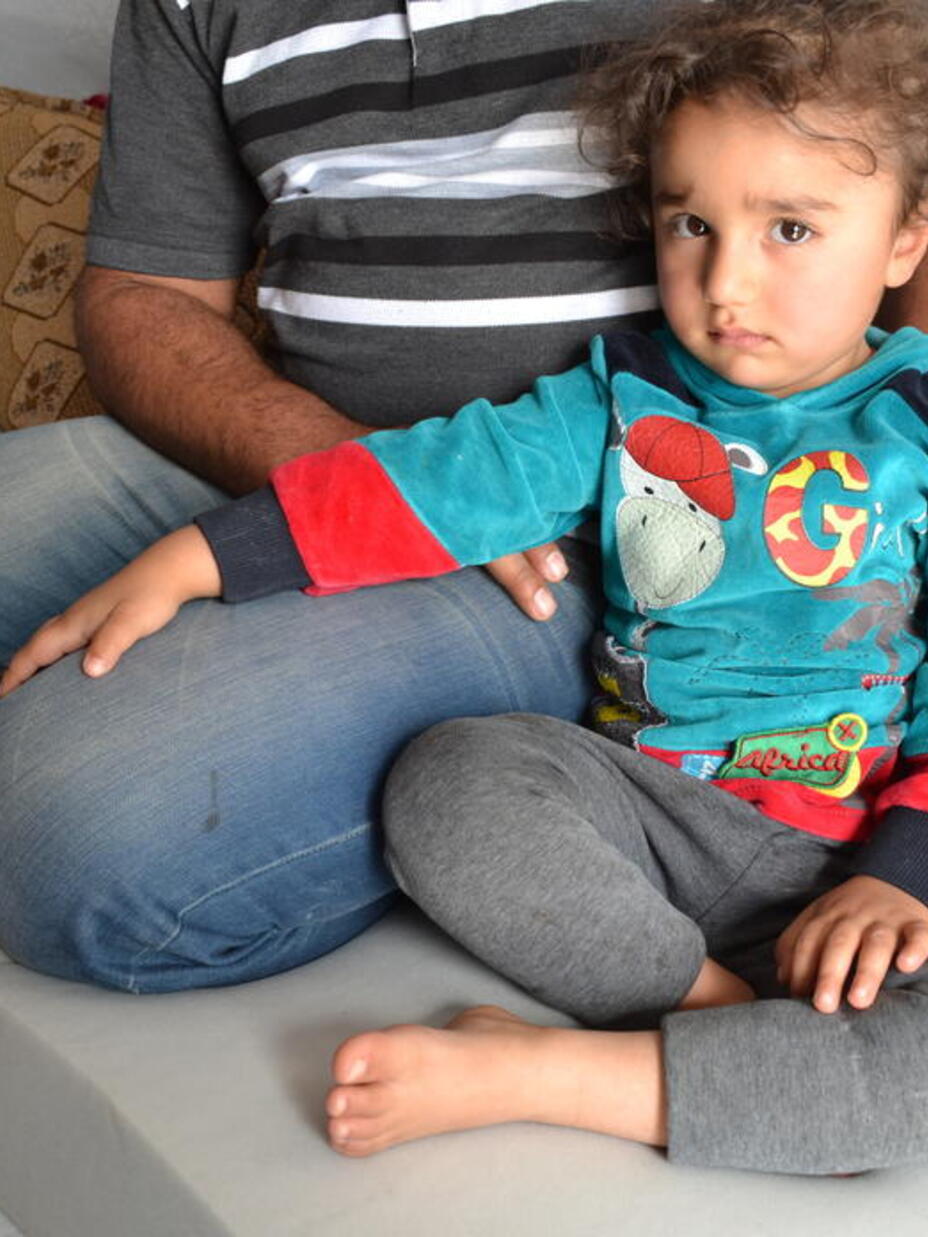Omar* was standing next to his neighbours’ house in the Al Mansour district in west Mosul when he saw an ISIS sniper fire at a helicopter from their roof. In a matter of seconds, a bomb fell on the house with the neighbours still inside.
It is an all-too-familiar story: innocent Iraqis forced to become human shields, used by militants as cover from air strikes.
A banker and father of a baby girl, Omar ran inside the burning building to find survivors. He managed to carry out two children—one was dead.
“I left the dead child with her grandmother so that she could bury her,” he recalls. “Many families don’t have a chance to bury their children.”

Soon after, Omar and his family made the difficult decision to flee their home—they were among the last to leave.
Since the battle began six months ago, hundreds of thousands of Iraqis have been caught in the middle of the battle for west Mosul, a far more intense fight than the one that occurred in the eastern half.
Families find themselves taking cover from the coalition and Iraqi army artillery. The United Nations has found more than two and half times more homes have been destroyed in west Mosul than in the east of the city. On March 17, for example, a coalition air strike targeting an ISIS sniper killed more than 150 civilians sheltering inside the building where he hid.
Omar and his family fled to the Hammam al Alil displacement camp south of the city, where the International Rescue Committee (IRC) and other agencies are providing emergency aid and supplies. They brought their neighbour's surviving child with them as well to the camp where they were able to track down the child's relatives.
Home to 24,000 people, the camp is full. The government is building another to accommodate an additional 30,000 people, just a fraction of the 200,000 people expected to flee western Mosul in the coming weeks.

“We didn’t have a choice but to come to the camp,” Omar said.
He like many others in the camp has exhausted his financial resources, having lived under ISIS for two years without an income.
“We had to leave our home, and they [the authorities] said either we could come to the camp or, if we had money, we could rent a place in east Mosul. We have no money and there is nothing safe in Mosul. There is nothing to stay for.”
Although more than 400,000 people have fled Mosul since the battle began six months ago, the IRC fears civilian casualties will soar—some 300,000 people remain trapped in the west, most in the old city area.
I don’t know if we will ever go back to Mosul...I don’t know if it will ever be the same again.
Thousands of Iraqis have returned to eastern Mosul and surrounding areas in an attempt to restart their lives, but even retaken areas may contain mines and booby-traps as well as lacking enough goods and services.
Khaled*, an employee of a bank in eastern Mosul, returned to the city in January 2017 to obtain government papers attesting to the fact that he is not ISIS. He, his wife and their three-year-old daughter, along with 11 other relatives, fled their homes in November 2016 after being trapped in a bathroom for five days. They waited for the arrival of the Iraqi army before slipping away from ISIS fighters shooting at fleeing civilians.

“There were bombs and sounds of shooting,” Khaled recalls. “ISIS was on the top of the house.” He found only half of that house waiting for him when he returned. “I was in such shock," he said.
Khaled stayed in Mosul for a month before ISIS drone attacks and car-bombings drove him away once more. Incredibly, some 580,000 people continue to live in eastern Mosul. Food, medicine, and clean water are in short supply, and most people can’t afford to pay for even these necessities. Power supplies have been damaged, so people resort to generators as fuel prices skyrocket. People relied on wells dug during ISIS time.
Iraqis like Omar and Khaled still struggle to imagine what the future will look like for them and their families.
“I don’t know if we will ever go back to Mosul, as the damage is so great and there is so much to do,” says Omar. “I don’t know if it will ever be the same again.”
*Names were changed and last names omitted for privacy reasons